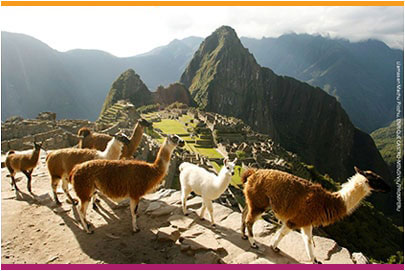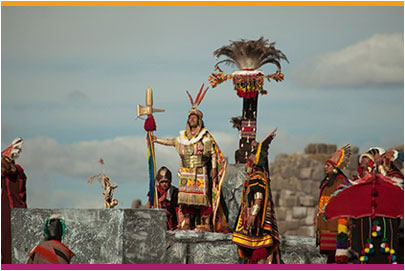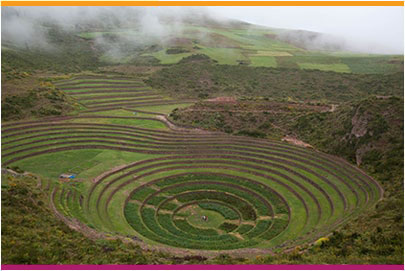ABOUT THE LIMA DECLARATION

ABOUT PERU
Peru has a very rich history and a promising future. It is a democracy with a multi-party system. The government is divided in three branches: the Executive, the legislative (unicameral Congress) and the Judiciary. The president and members of Congress are elected every five years by universal suffrage. The current constitutional president of Peru is Mr. Pedro Pablo Kuczynski, elected for the period July 2016 – July 2021.
Peru’s main economic activities, which reflect the richness of its diverse geography, include agriculture, fishing, mining, and manufacturing of products.
Peru is located in the Pacific coast of South America, bordering Ecuador and Colombia to the north, Brazil and Bolivia to the east and Chile to the south. Peru is South America’s third largest country, with a total land area of 1.28 square kilometers.
In geography, Peru varies from arid plains of the Pacific coast to the peaks of the Andes Mountains and the tropical forests of the Amazon Basin. An extraordinary variety of ecosystems shelters a wide diversity of animals and plants.
Peru is the birthplace of significant pre-Hispanic civilizations and great cultures, such as the Inca Empire in the High-Andean region. The Peruvian population, estimated at 32.1 million, is multiethnic, including Amerindians, Europeans, Africans and Asians. The main spoken language is Spanish, although many Peruvians still speak Quechua and other native languages. This mixture of cultural traditions has resulted in a wide diversity of expressions in fields such as art, cuisine, literature, and music.




© 2017 Office of the Comptroller General of the Republic of Peru.



